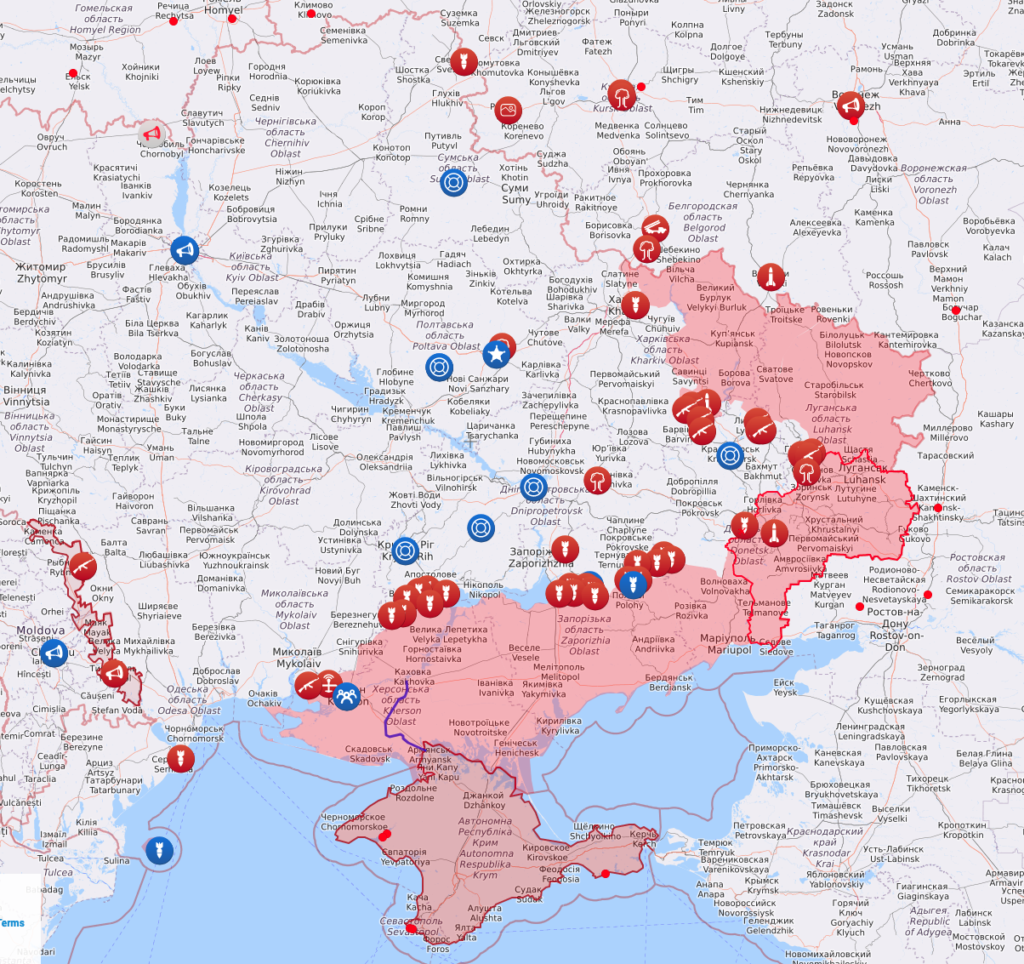The more people look into the details of the massive “infrastructure” bill, they more reasons they find why conservatives should kill this giant pile of pork:
Analysts from The Heritage Foundation have found a variety of flaws that should give pause to legislators in both chambers…
1. Adds Hundreds of Billions to the National Debt.
With the national debt having increased $5.2 trillion since the start of 2020 (or $40,000 per household) and the economy at risk of serious inflation, America is in dire need of fiscal responsibility from the nation’s leaders. Unfortunately, the Senate bill offers anything but.
For starters, it bails out the Highway Trust Fund to the tune of $118 billion. The fund suffers from chronic deficits due to overspending. Rather than bring it into balance, senators are whipping out the national credit card, and then pretending they didn’t when it comes to keeping score.
2. Fake and Inappropriate ‘Pay-Fors.’
The bill includes many provisions designed to pay for the spending spree, which are dubious, inappropriate, or both.
This includes a laundry list of tired budget gimmicks, including the sale of oil from the Strategic Petroleum Reserve, extending long-standing fees, and spectrum sales. Many of these gimmicks have a history of falling short of expectations.
Another gimmick, known as “interest rate stabilization” (or “pension smoothing”) would allow corporations to reduce pension contributions and increase their profit margins, leading to more revenue from the corporate income tax. This would shortchange the pension funds by roughly $9 billion for the sake of less than $3 billion in additional tax revenue.
In an attempt to increase capital gains tax revenue, the bill also includes a rule that would force cryptocurrency companies to disclose personal information on their users to the government. This surveillance mandate would be technologically impossible for many key parts of the industry to comply with, including “miners” who maintain the networks, “stakers” who save in crypto, and even software developers, potentially driving these functions offshore altogether.
While legislators anticipate a $28 billion tax windfall from crypto, it will almost certainly bring in far less. For example, an IRS probe into the Coinbase crypto exchange market led to only $25 million in tax assessments.
The bill also repurposes hundreds of billions worth of funds that were originally passed in COVID-19 relief bills. The vast majority of this amount (such as states turning down harmful unemployment benefit expansions) would not have been spent, meaning this represents fake savings.
3. Sets Up a $3.5 Trillion Left-Wing Bonanza.
Congressional Democrats have repeatedly stated that they will not allow any infrastructure bill to reach President Joe Biden’s desk for signature unless it is accompanied by a $3.5 trillion package passed along party lines through the budget procedure known as reconciliation.
Another fun tidbit on the infrastructure bill: it includes $1 billion for The Appalachian Regional Commission, which, by some amazing coincidence, just happens to be run by Joe Manchin’s wife Gayle:
Buried in the 2,702-page bipartisan infrastructure plan that senators could pass as soon as this week is $1 billion in funding for a commission run by the wife of Sen. Joe Manchin, one of the key Democratic negotiators.
The Infrastructure Investment and Jobs Act would allocate $1 billion for the Appalachian Regional Commission, an economic development partnership agency between the government and 13 states in the Appalachian region that’s co-chaired by Gayle Connelly Manchin.
President Biden tapped Gayle Manchin for the role in March, and she was unanimously confirmed by the Senate one month later.
The proposed legislation envisions spending $1 billion over the course of five years in order to fund the Partnerships for Opportunity and Workforce and Economic Revitalization initiative, a program that provides grants to communities affected by coal-related job losses. Biden initially proposed the funding increase as part of his $4 trillion “Build Back Better” economic agenda.
In a May statement, Gayle Manchin said the $1 billion – which will roughly double the commission’s current funding level – will allow it to “more adequately meet the overwhelming needs of communities impacted by job losses resulting from the decline in the coal industry. These grants will be instrumental to the long-term diversification and economic growth in Appalachia.”
Which she really means, of course, is that the graft will flow to people Manchin, Biden and other Democrats approved of, including Democratic Party donors, leftwing activists, etc. Because this is how the game works.
Shamefully, 17 Republicans have voted to help cram this crap sandwich down America’s throats:
Roy Blunt (Mo.)
Richard Burr (N.C.)
Shelley Moore Capito (W.Va.)
Bill Cassidy (La.)
Susan Collins (Maine)
Kevin Cramer (N.D.)
Mike Crapo (Idaho)
Lindsey Graham (S.C.)
Chuck Grassley (Iowa)
John Hoeven (N.D.)
Mitch McConnell (Ky.)
Lisa Murkowski (Alaska)
Rob Portman (Ohio)
James Risch (Idaho)
Mitt Romney (Utah)
Thom Tillis (N.C.)
Todd Young (Ind.)
Collins and Romney I can understand, but there’s no way in hell senators from North Carolina, Idaho or North Dakota should ever be supporting this giant pile of garbage.
Is there still time top stop this garbage? It seems that D.C. insiders have greased the skids for this runaway pork train, but at least we should try. If you live in a state represented by any of the senators, I would suggest constacting them immediately and state your full opposition to the bill.

 (@NoYardstick)
(@NoYardstick)